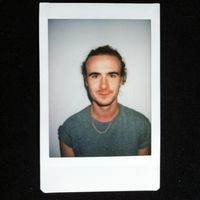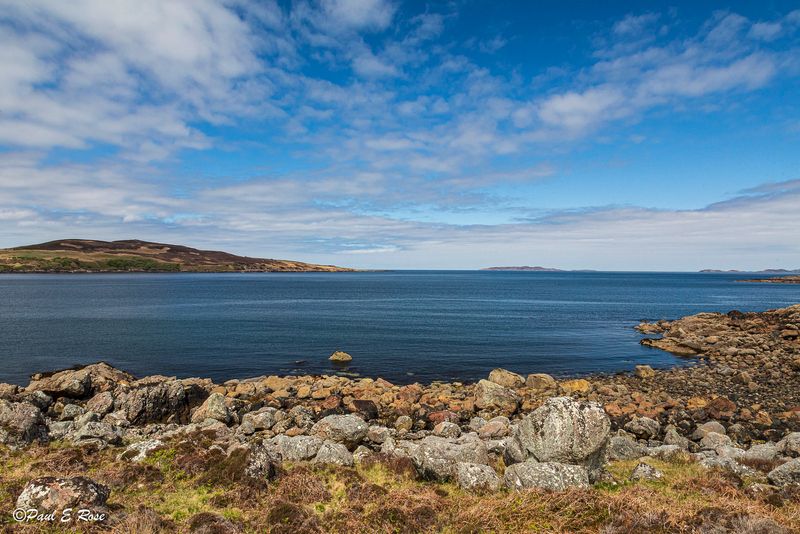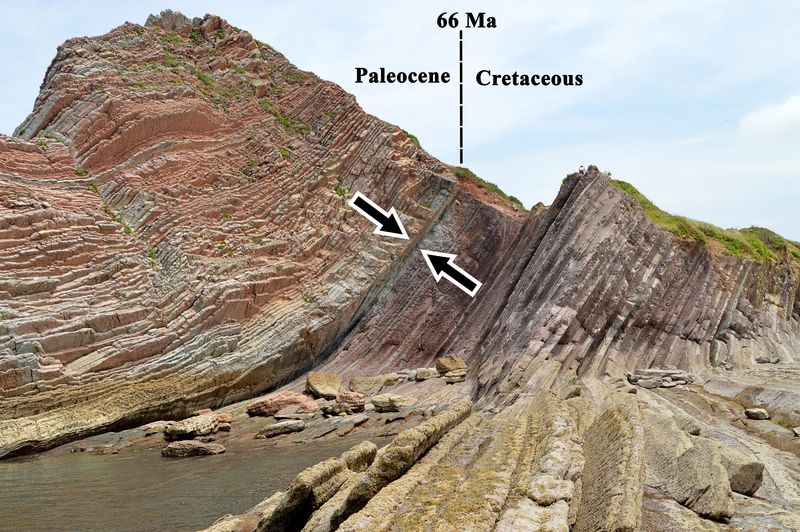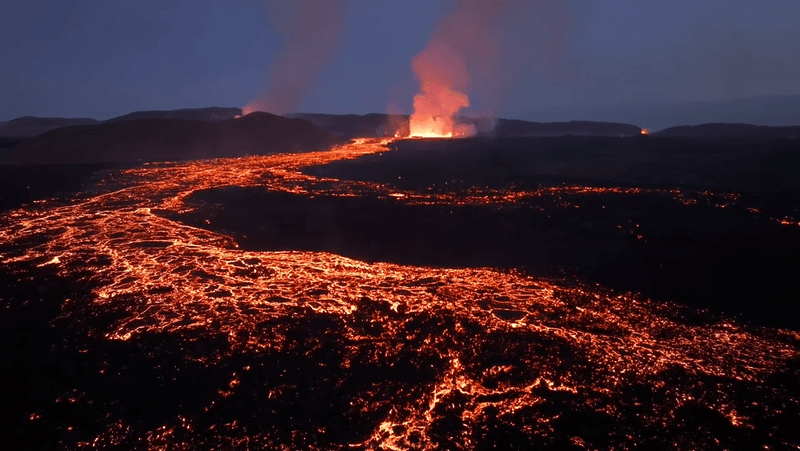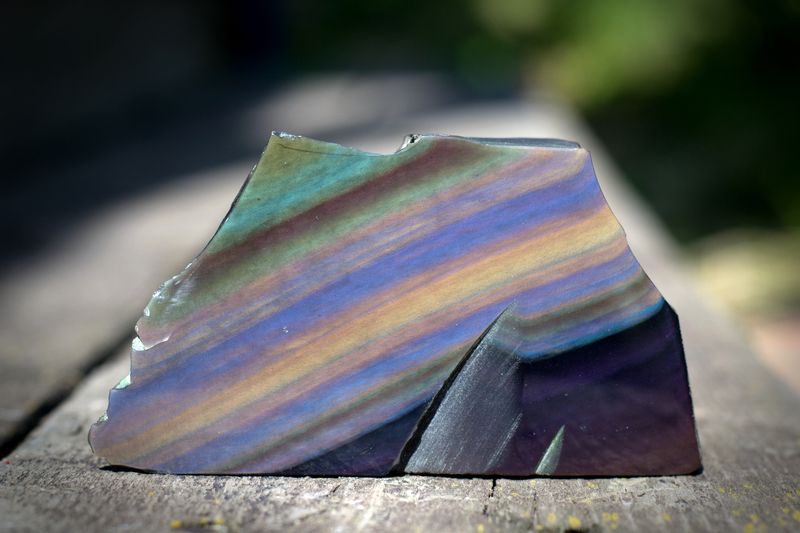On the jagged coast of Scotland lies an island that has stood deserted for decades, haunted by its legacy as a biological warfare testing ground during World War II.
Gruinard Island is around 2 kilometers (1.25 miles) long and a short boat ride from the shore of Ross-shire in the Inner Hebrides of western Scotland. Aside from a few sheep and passing visitors, the island was uninhabited by the 20th century, making it the perfect setting for the UK’s first open-air biological warfare tests.
When WW2 started to rage, the British were increasingly worried about Nazi Germany using chemical weapons. The Germans had pioneered their use in the First World War with mustard gas and their chemical industry had since grown to become the biggest in the world.
Faced with the threat, scientists at Porton Down, the UK military's top secret laboratory, were tasked with gaining a better understanding of chemical and biological weaponry.
One particular agent caught their interest: anthrax, an infectious disease caused by the bacterium Bacillus anthracis. The infection is typically found in livestock and wild animals, although it can infect humans.
Upon inhaling, consuming, or touching anthrax spores, people will quickly fall sick with red hot fever, chills, cough, shortness of breath, nausea, vomiting, profuse sweating, and extreme fatigue. The nasty disease can easily be fatal if not treated promptly.
By 1942, the British had carried out enough lab tests on anthrax to move onto real-world settings, and Gruinard island, located in one of the UK’s most uninhabited corners, was pitted as an ideal location.
In their first trial, researchers tethered around 60 sheep at various distances from a can of anthrax that was then detonated using explosives. All of the animals died. In other tests, bomber aircrafts were flown over the island to deliver an anthrax-laden bomb. Needless to say, many more animals died. Scientists would then return to the island, wearing HAZMAT protective suits, to analyze the sheep, dissecting their bodies to understand the effects of the disease.
The official line of the UK government was that the experiments on Gruinard were purely for defense purposes and to help prepare for the eventuality of a biological weapon attack on British soil.
However, the UK did draw up theoretical plans on how to use these weapons on actual, human enemies. One of these potential plots, sinisterly known as "Operation Vegetarian", would have involved dropping linseed cakes containing anthrax bacterial spores over the cattle fields of Germany with the aim of wiping out their food supply, as well as indiscriminately infecting thousands of civilians with the bacteria.
By April 1943, the Allies had also stockpiled 5 million linseed oil cattle cakes, while Winston Churchill allegedly made threats to “drench the Ruhr with anthrax.” Cooler heads prevailed, though, and the Allies never used any anthrax weapons during the conflict.
After the war, the island was strictly off-limits, aside from the odd group of scientists who would test the soil for contamination. It became apparent that inactive spores of anthrax were likely to stay there for decades. Local residents started to grow irritated and impatient, describing the landmass as "a contaminated monster".
By the 1980s, aware that the problem wasn’t going away, the government launched a thorough clean-up. People returned to the island, vaccinated against anthrax and dressed in protective clothing, to decontaminate the area by spraying the top layer of soil with seawater and formaldehyde, applying 50 liters of the solution to every square meter of ground.
In the summer of 1987, a flock of sheep were placed on Gruinard and didn’t show any signs of illness, so the UK’s Ministry of Defence officially declared the island as "safe” the following year. It was later sold back to the heirs of the original owner for a price of £500. However, Gruinard remains uninhabited.
